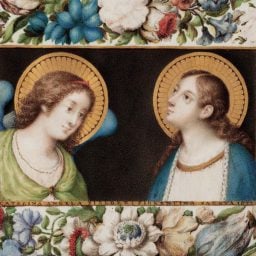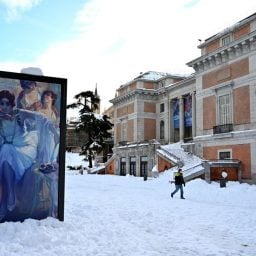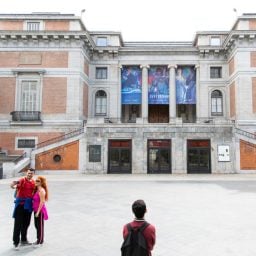They were famous in their day, but the female Renaissance artists Lavinia Fontana (1535–1625) and Sofonisba Anguissola (1552–1614) quickly slipped into obscurity. The latter’s paintings have been credited to male artists, including Titian, El Greco, and Carracci—by male art historians. It took painstaking research by a small but determined group of mainly American feminist art historians to begin to restore the 16th-century Italian artists’ reputations.
Now, an exhibition in Madrid’s Prado Museum is belatedly correcting the art historical record for good with an exhibition titled “A Tale of Two Women Painters.”
The Prado’s major survey of the two artists includes 56 paintings from more than 20 European and American collections, including Boston’s Isabella Stewart Gardner Museum, which rarely lends works. It is one of the most high-profile exhibitions so far to rewrite the male-dominated canon—and it’s only the second show devoted to female artists in the Spanish museum’s long history.
The director of the Prado, Miguel Falomir, describes the dearth of works by female artists in the museum’s collection as an “injustice” that the institution is “making an effort to right.” The museum has only four paintings by Anguissola in its collection, and none by Fontana.
The oversight is all the more striking considering that Anguissola was a member of the Spanish Hapsburg court in Madrid and painted numerous portraits of the royal family. Fontana, who stayed in Italy, created religious paintings that were widely admired in Spain. One was even acquired by King Philip II.
Susan Fisher Sterling, the director of the National Museum of Women in the Arts in Washington, DC, welcomes the Prado exhibition. “It is great, one of those dream moments that you hope will happen for the artists.” The NMWA organized a Fontana show in 1998, having hosted one on Anguissola five years earlier.
Two decades later, Fisher Sterling is delighted that interest in these artists is growing. She pays tribute to pioneer feminist scholars such as Linda Nochlin, Ann Sutherland Harris, and Eleanor Tuft, as well as the founder of the NMWA, Wilhelmina Cole Holladay, for paving the way.
They were the first to “pull these artists out of the trash can of history and put them on the wall of the museum,” she says.
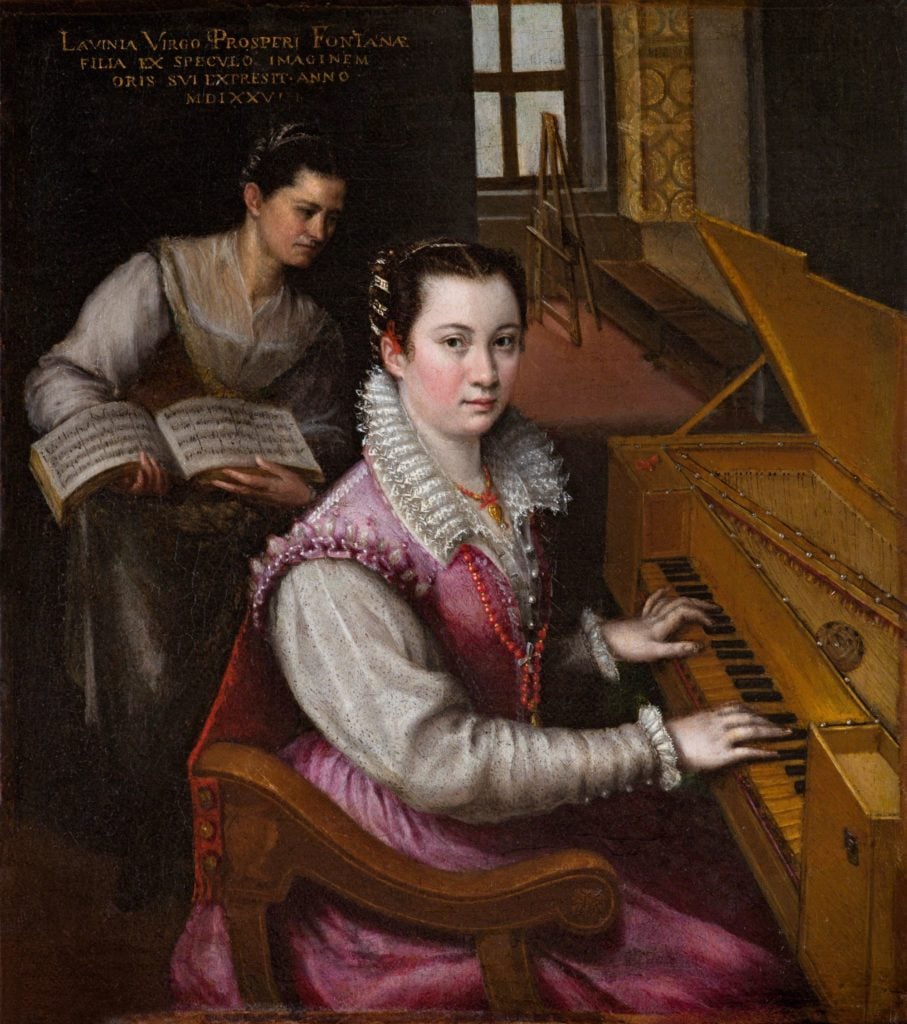
Lavinia Fontana, Self-Portrait at the Spinet (1577). Courtesy Accademia Nazionale di San Luca.
A Long History of Feminist Scholarship
The show’s curator, Leticia Ruiz, also acknowledges the feminist scholarship of Nochlin and Harris, which laid the foundation for the exhibition. She also notes the detective work of Marie Kusche, who challenged the attribution of the painting Lady in a Fur Wrap in Glasgow’s Pollok House.
Long thought to be by El Greco, it was included in the Prado’s show of the artist in 2014. Kusche, however, believes the work is by Anguissola, although the jury is still out, with the Spanish court painter Alonso Sánchez Coello also named as the potential author.
Regardless, many of the royal portraits Anguissola completed in Spain have been attributed to male artists partly because she did not sign them, and also because court records are patchy. The male bias of art historians has also played a part is obscuring her achievements.
For example, the portrait Juana of Austria and a Young Girl (1561) was attributed to Titian for decades, and that claim was endorsed by Isabella Stewart Gardner’s art advisor, Bernard Berenson. Later attributed to Sánchez Coello, Kusche spotted the hand of Anguissola, and Ruiz now believes it was conceived and designed by Anguissola but completed by Sánchez Coello’s workshop.
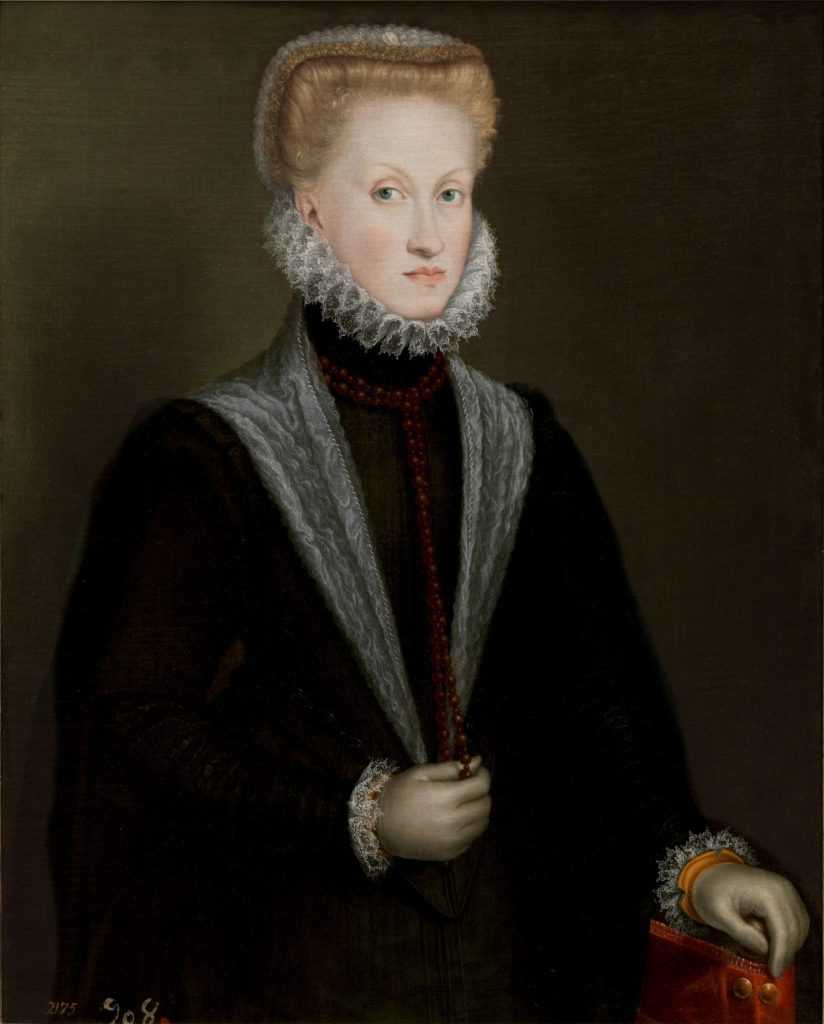
Sofonisba Anguissola, Queen Anna of Austria (1573). Courtesy of the Museo Nacional del Prado.
Renaissance Women
When Anguissola arrived at the Spanish royal court, she had to juggle painting with her day job as a lady-in-waiting to the queen, to whom she taught drawing. (As a noblewoman, she was not paid in cash, but rather in kind with jewels and fine cloth.)
The artist had notable supporters: Her father worked hard to promote his daughter’s work, even getting the endorsement of Michelangelo by sending him her drawings. His favorable opinion, plus a name check in Giorgio Vasari’s Lives of the Artists, did her prospects no harm.
Born into a family of painters, Fontana was in her early 30s when she completed a religious painting, Virgin of Silence, for the chapel in Philip II’s El Escorial. Later, she was particularly in-demand as a portrait painter of female sitters.
The exhibition shows how Fontana was especially skilled at painting opulent clothing, jewels, and lace. She was a pioneer in painting the female nude, which was permissible if it was part of a mythological subject. The show included her Mars and Venus (1600–10), in which the male god naughtily fondles the naked bottom of the goddess. Fontana’s commissions included more than 20 large-scale altar paintings, a genre previously off limits to women.
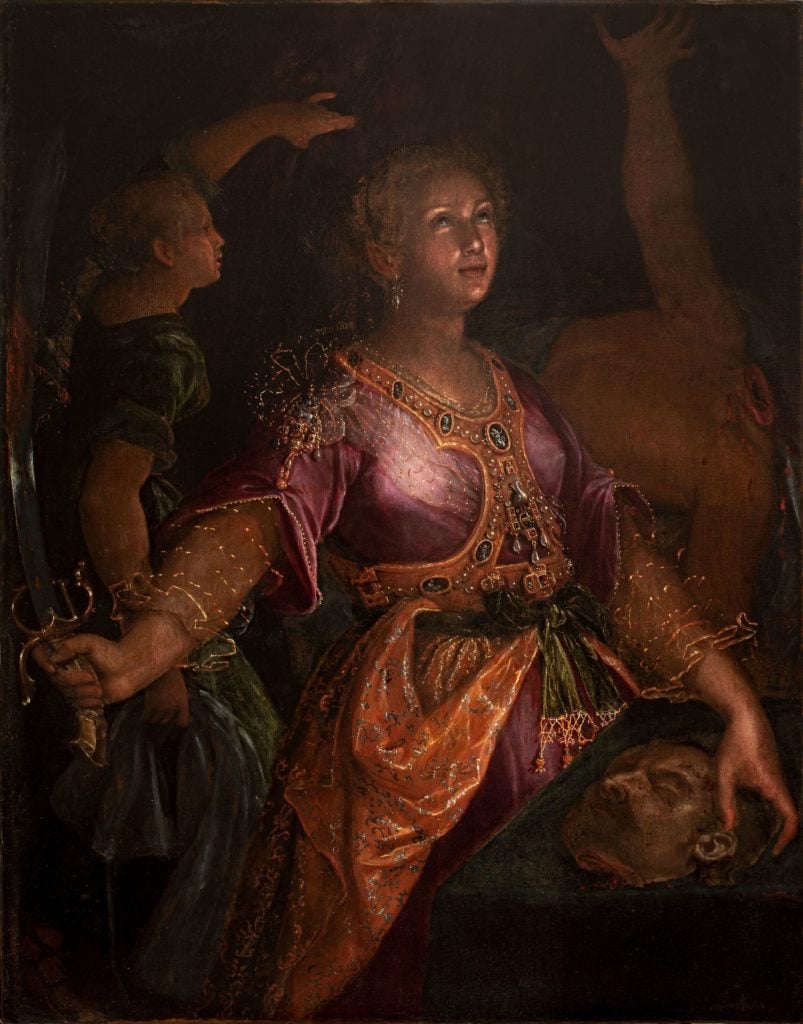
Lavinia Fontana, Judith and Holofernes (around 1595). Courtesy of the Fondazione di culto e religione Ritiro San Pellegrin.
A contemporary of Fontana’s, Andrés Ximénez, wrote that her “paintings were celebrated for their calm and gentle style, and for the particularity that she was a woman.” He added that the artist had “risen above the usual course of those of her sex, for whom wool and linen are the sole materials appropriate for their fingers and hands.”
The young Anthony van Dyck made a pilgrimage to visit Anguissola in 1624, when she was nearly 90. (He thought she was 96.) A painting of Anguissola attributed to Van Dyck, as well as his sketch and notes about their meeting, are included in the show. Poignantly, she told him that her “greatest torment” was not being able to paint anymore because of her failing sight—even though Van Dyck noted that “her hand was still steady and untrembling.”
“A Tale of Two Women Painters: Sofonisba Anguissola and Lavinia Fontana” is on view from October 22 through February 2, 2020, at the Museo Nacional del Prado in Madrid.






